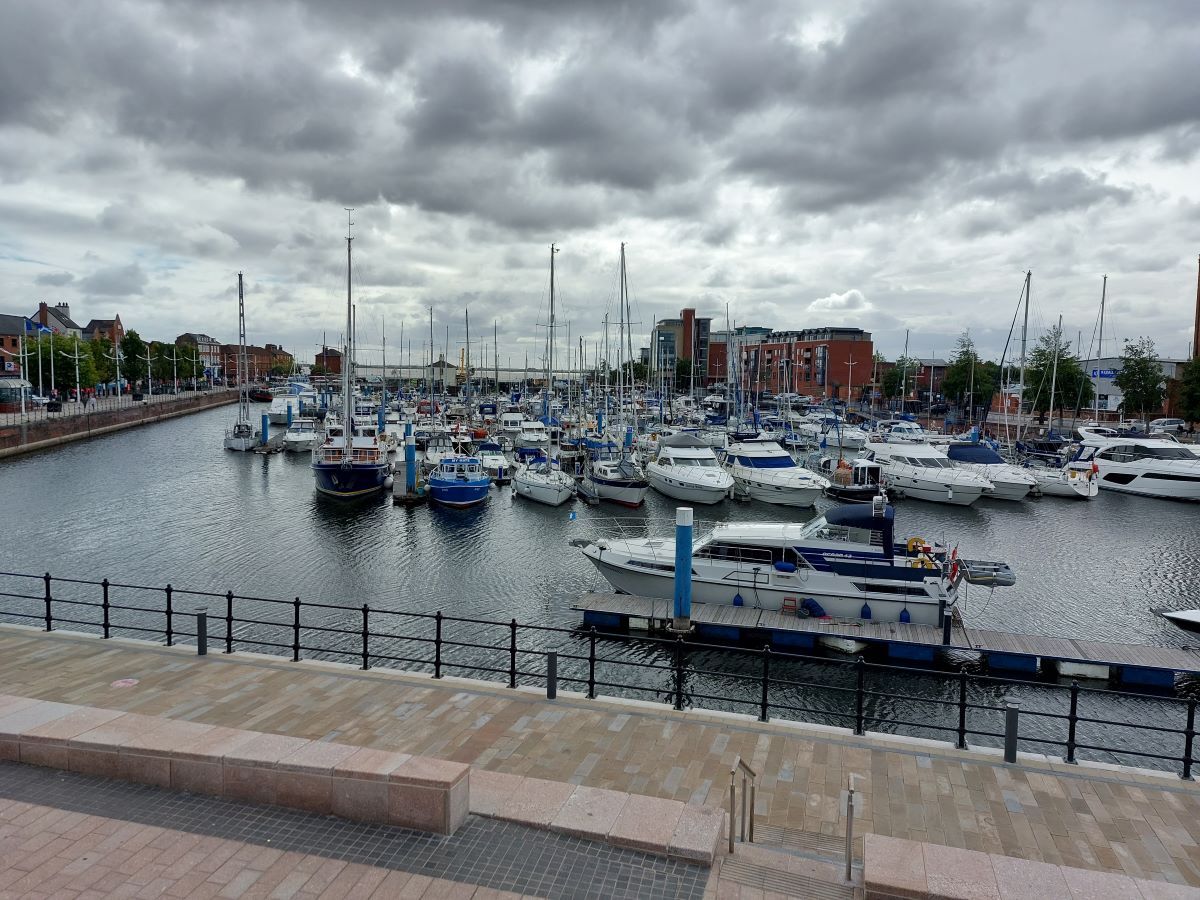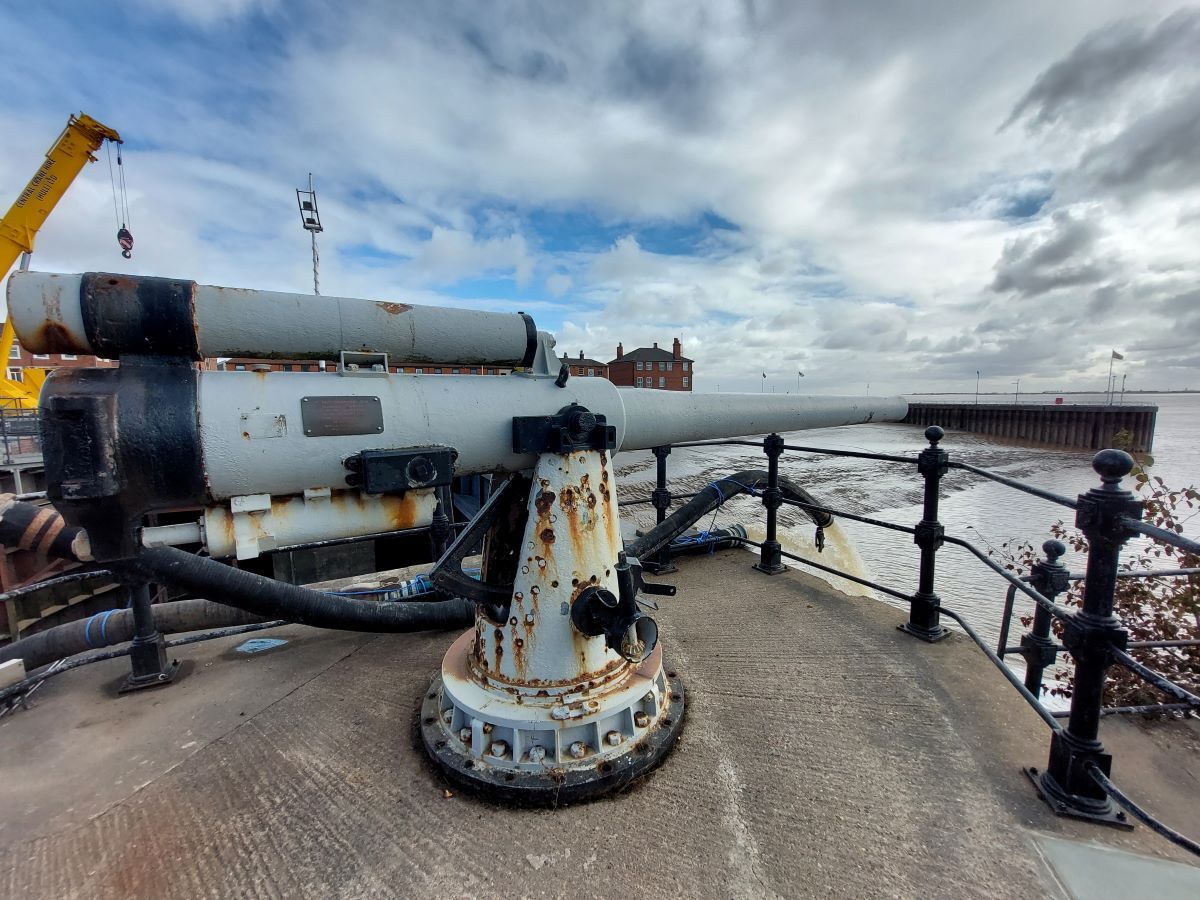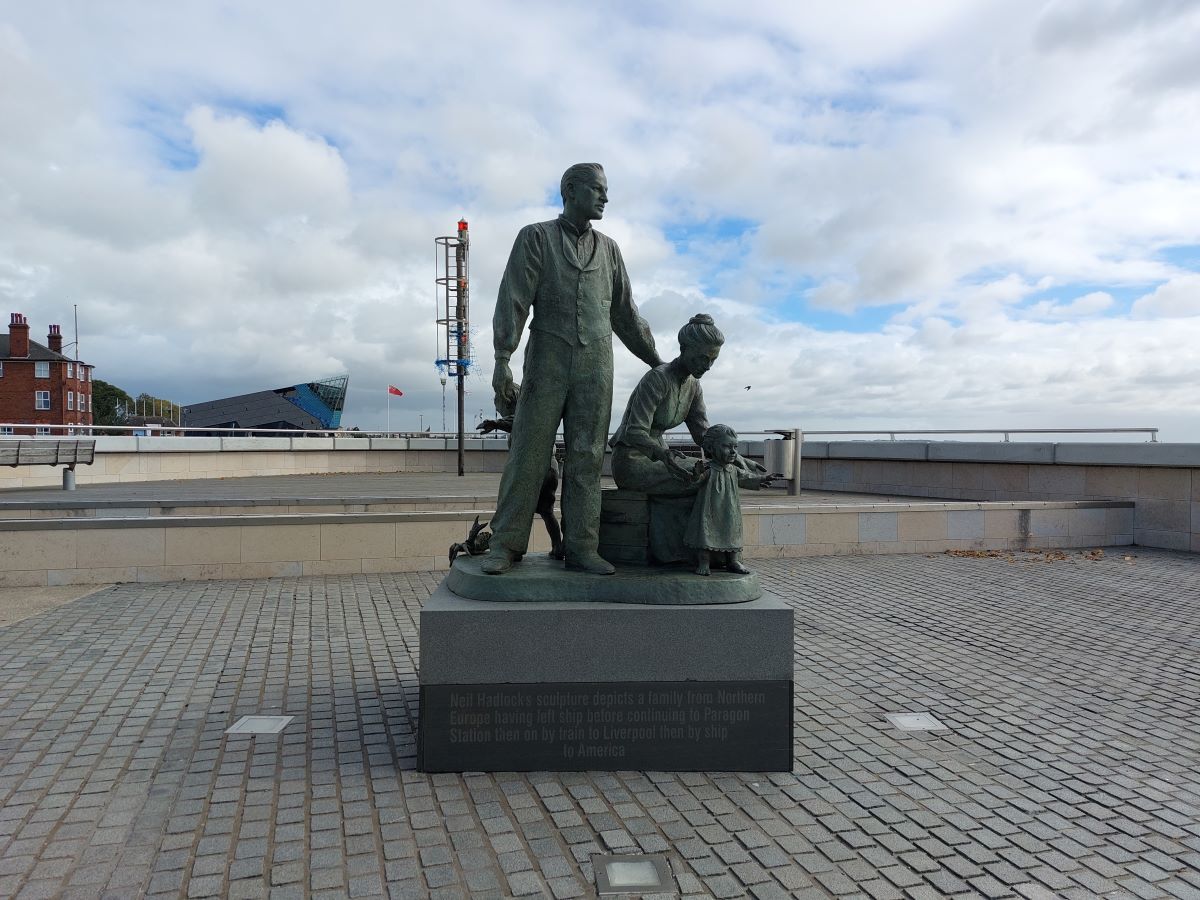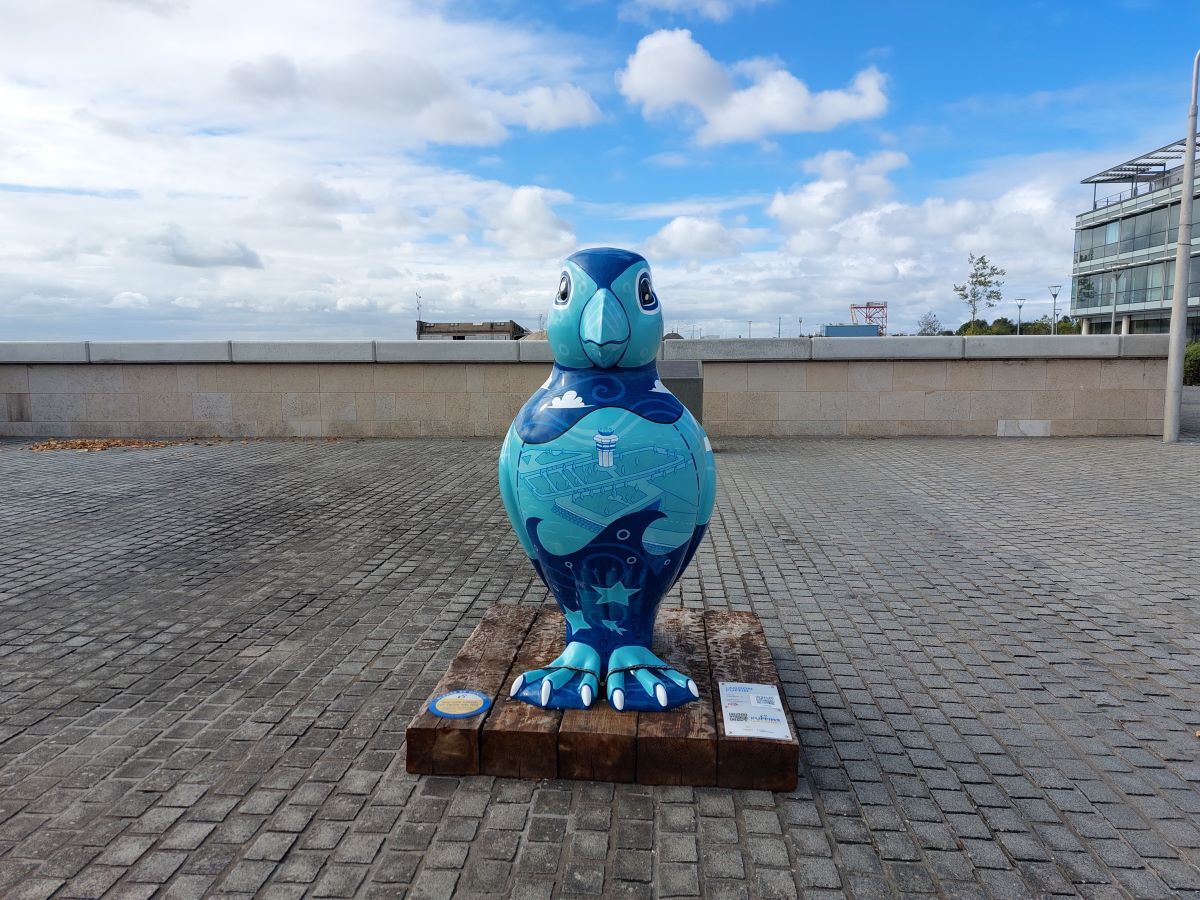Here's a blog from Julie, a volunteer for Hull Maritime.
I like following the Twitter feed of Hull Maritime (link here). You can keep up to date with developments and other people and organisations who ‘tag’ them with maritime and Hull related things. These are often happenings of the moment and this week I have seen an images from Dunston Ship Repairs removing the lantern light from the Spurn Lightship. The lightship is in Albert Dock been repaired and restored. You can read more about that here.
This post is not about that but about a tweet from the Humber Field Archaeology who have recently led the dig at the South Blockhouse. This site located on the east bank of the river Hull, close to The Deep is the remains of part of Hull’s Tudor defences built for Henry VIII in the 16th century. You can also read about the dig on the Maritime website here.
Humber Field Archaeology posted a tweet about the Humber Dock lock gates. They had a photograph of the lock completely drained. You can see it here. I had hoped to get a photograph of my own but by the time I got to the lock there was already refilled to a depth of 1.4 m of water.


Humber Dock has been a marina since 1983. It is a wet dock. That means the water level is maintained by the locks. The water levels would fluctuate with the Humber estuary tides.

Humber Dock was the second of Hull’s docks to be built. The first was ‘The Dock’ where Queen’s Gardens now is. These two docks and a third, Junction Dock (now Prince’s Quay) were the Hull’s town docks. It was in 1773 that Hull Corporation founded the first statutory dock company in Britain. The company was given the land that Hull’s city walls were built on to construct docks.
The Humber Dock dates from 1809. It was built between Myton and Hessle Gates and opens onto to the river Humber. The designers were J Ronnie and W Chapman with J Harrow as resident engineer. It covers 6 1/2 acres.
Interestingly the spoils from the digging out of the docks was used to build up the areas of land of the current waterfront of Hull on the Humber. Humber Street marks the northern boundary of the new ground.

Whilst I was walking around the lock I was surprised to see that there was a large piece of artillery. How I have managed to miss it previously I have no idea.

The gun was recovered by members of the Hull branch of the British sub-aqua club. The SS Greltoria was sunk in action on the 27th of September 1917 on her maiden voyage on a passage from Tyne to Naples with a cargo of coal. the Greltoria was thought to have been torpedoed or hit a mine. Fortunately, the crew managed to take to the lifeboats and landed safely at North Landing Flamborough.
It is a pleasant area to walk around and I always go and see the sculpture near the Humber Quays.

Neil Hadlock's sculpture depicts a family from Northern Europe having left ship before continuing to Paragon Station and then by train to Liverpool then by ship to America.
Over 2,200,000 people passed through Hull and other Humber Ports to America between 1836 and 1914. The statue was in donated 2001 to Kingston upon Hull by the Sea Trek Foundation of Americas. They were retracing their descendants’ journeys from Northern Europe.
There is also a temporary bright, cheerful addition on the quay on the day of my visit.

And the Maritime Project has its own puffin, Elsie, who you can see in the shopping centre Princes Quay. Puffins Galore continues until 2023. You can find the details and map on their website Puffins Galore.
